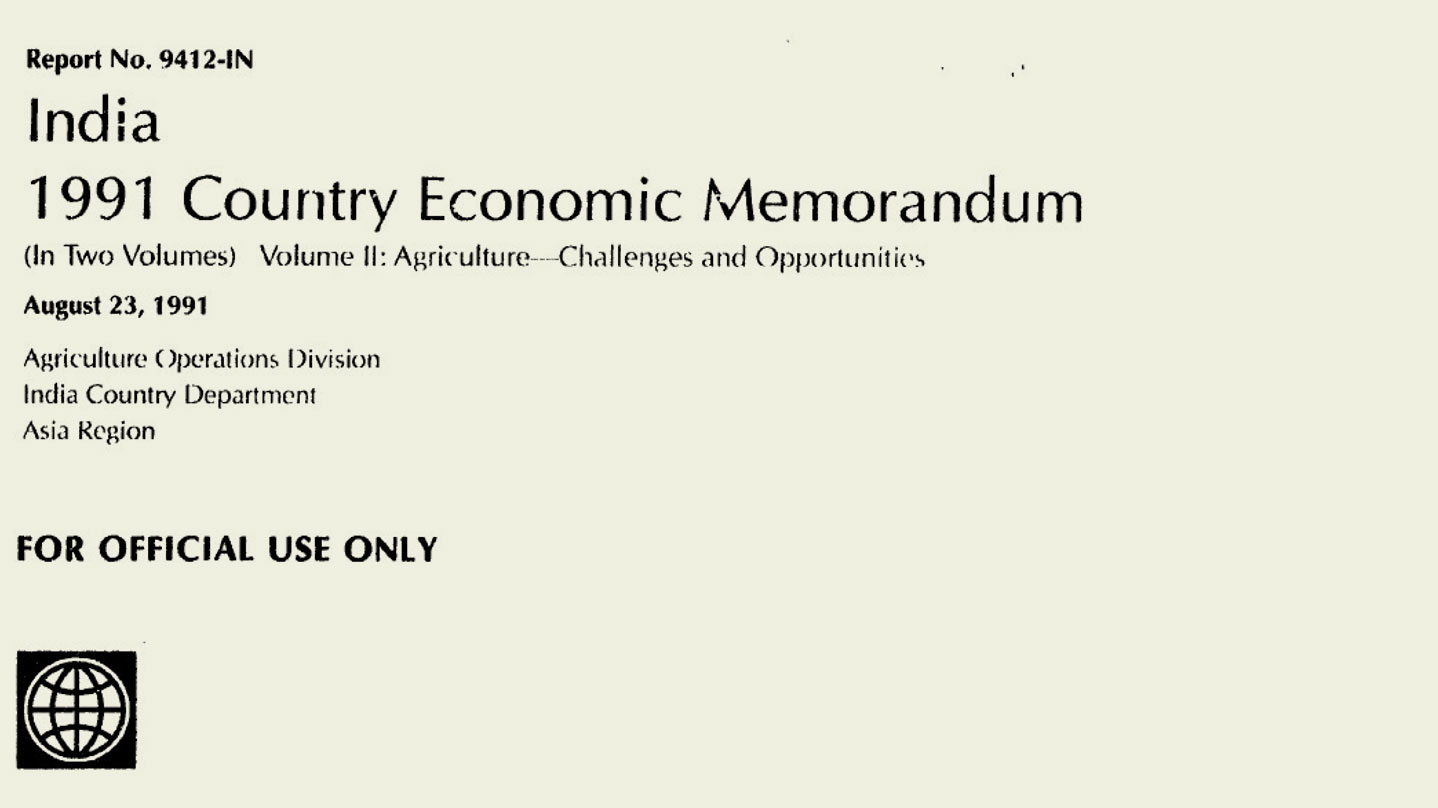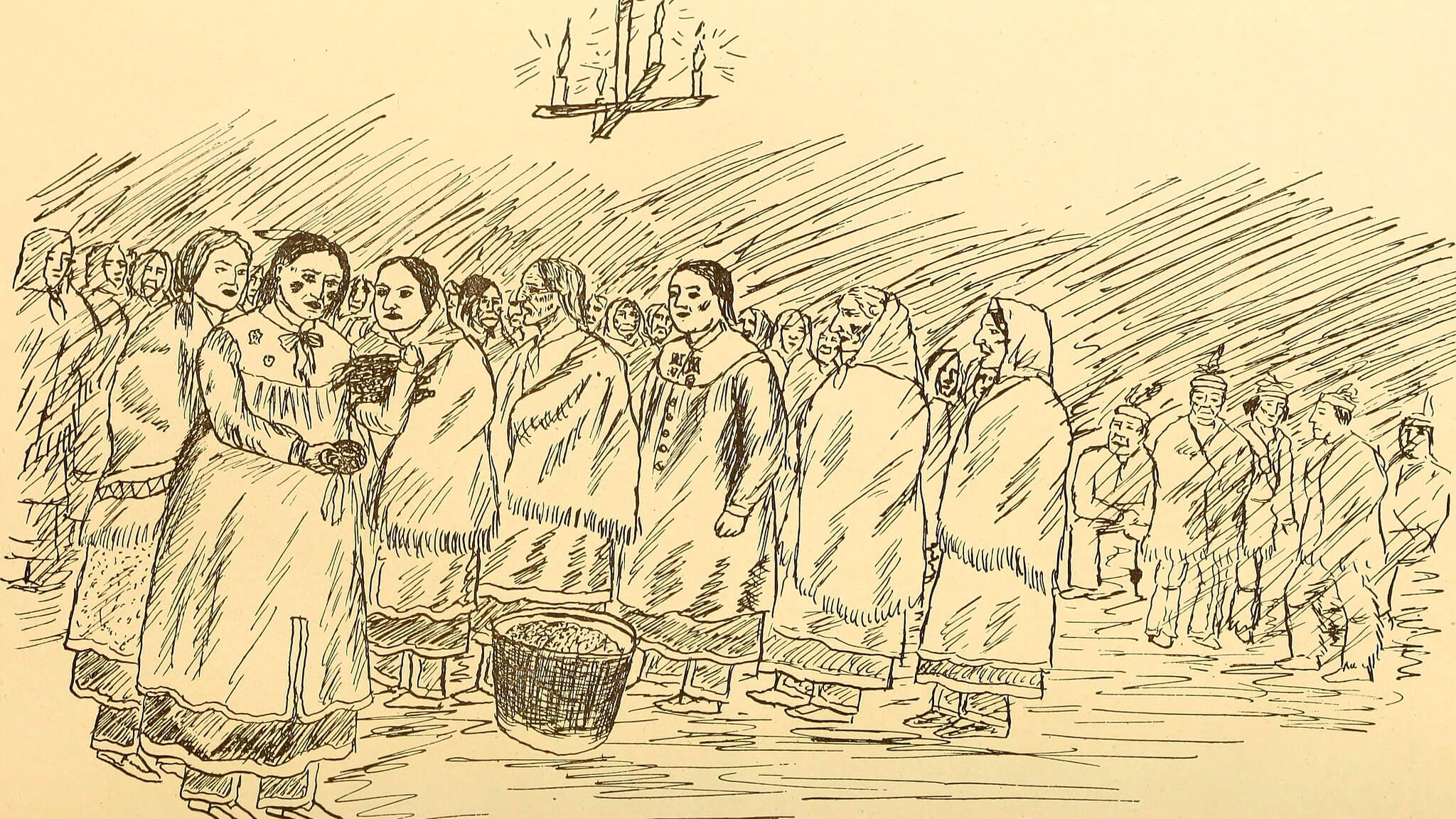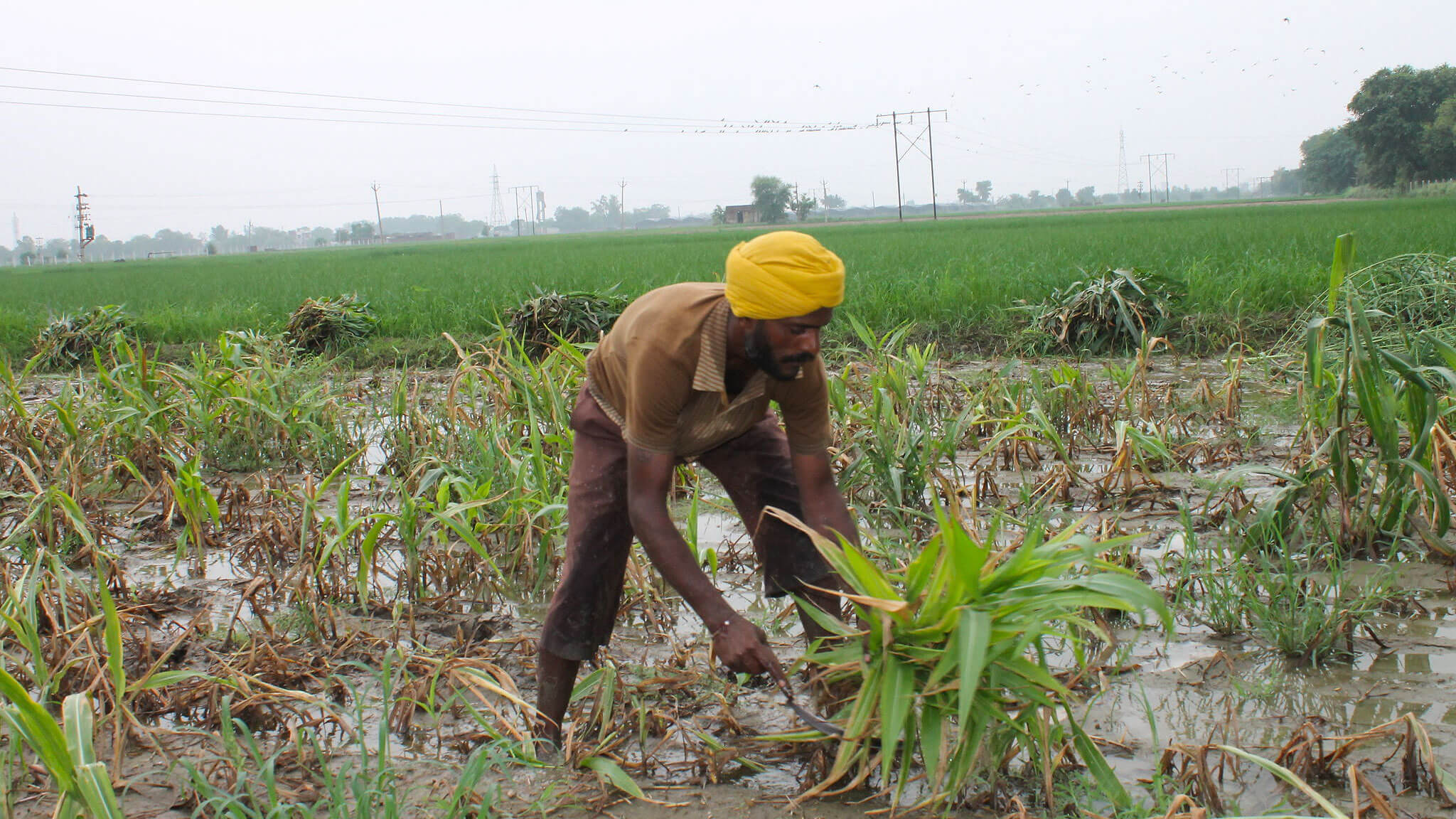DATE PUBLISHED: May 2021

The present peasant movement in the relatively developed regions is not a sudden development, but the product of a long-festering agrarian crisis, much before the recent Farm Acts. That crisis had its roots in the pattern of agriculture after the Green Revolution, and later under the post-1991 neoliberal re-structuring of India’s economy. The underlying questions have been simmering, and at places breaking out into organised struggles. It was against this background of intensifying crisis, desperation and struggle, that the Farm Acts – an attack from without – sparked an upsurge of protest among the wide spectrum of land-owning peasantry in Punjab.

The Farm Acts spearhead the winding up of public procurement of foodgrains, on which the Public Distribution System is based. If procurement is undermined or dismantled, the PDS will necessarily be wound down further, with grave consequences for all working people across the country. Thus the present demand to scrap the new anti-peasant laws is in fact an immediate demand of India’s working people, not only a demand of the peasants from the surplus grain producing areas, nor only of the peasantry as a whole.

Key provisions of the measures the Modi government announced in May 2020 as part of its ‘Atmanirbhar Bharat’ (‘Self-Reliant India’) package were in fact were in fact spelled out in a World Bank document of August 1991, India: Country Economic Memorandum, vol. II.

The report of the Committee for Long Term Grain Policy, prepared under the Vajpayee government in 2002, gives us glimpses of the calculations and lobbying of private firms. While the Committee demolished the private firms’ argument for winding up procurement, the same arguments have been revived with the report of the Shanta Kumar Committee of 2014 and the Farm Acts of 2020.

The Government, as part of its effort to create a “vibrant land sales market”, is carrying on a drive for “conclusive titling” of all land. However, in India, where land continues to be the single largest source of livelihood and sustenance, there are often multiple, historically established, claims on it, which need to be determined through a social process. Instead, the present rapid forced-march of conclusive titling and digitizing land records threatens to oust large numbers of poor peasants.

The world economy is witnessing an intensifying drive by international investors to get control of land, including agricultural land. Meanwhile, in India, the peasantry is already in a deep crisis, a crisis engendered by India’s political economy itself and accentuated in its latest, neoliberal phase.

In order to understand what is happening to India, we can look at other countries which have suffered the same fate, some years in advance of us. The model being adopted in India today is similar to that imposed on Mexican agriculture since the onset of IMF-dictated ‘reforms’ in the 1980s, and more particularly since 1994, with the North American Free Trade Agreement.

A solution can simultaneously address three dire needs: shifting farmland in Punjab away from paddy, to crops that consume less water; improving protein consumption by India’s malnourished population; and providing stable, remunerative prices to millions of paddy farmers in other states. What stands in the way of this solution is the rulers’ own determination to restructure India’s agriculture and food system in favour of imperialism.
